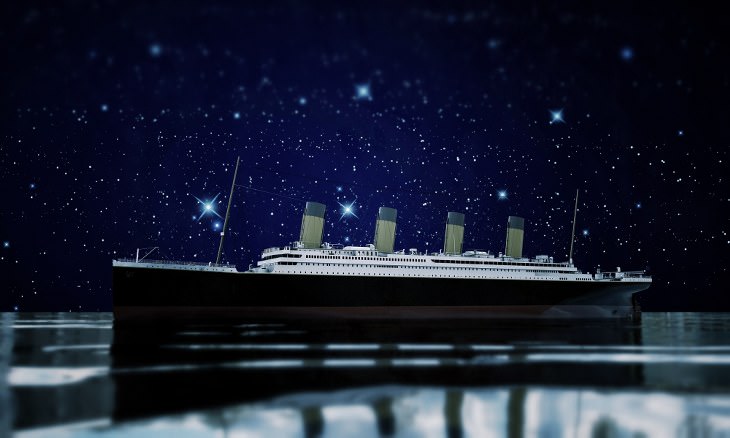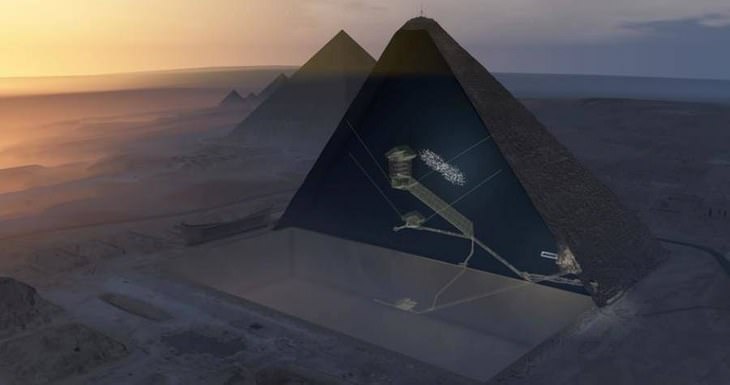

A team of leading archaeologists has recently excavated an ancient tomb in Jerusalem that many people believe once held the remains of Jesus Christ. According to popular legends, the tomb was first found in the 4th Century AD after Helena, the Roman Emperor Constantine's mother, journeyed to Jerusalem and ordered archaeologists and excavators to find the location of the sacred tomb.
Helena's quest was successful, and so the imperial family ordered a shrine to be built over the site. Unfortunately, historical data shows that by 1555 the tomb ended up being damaged, and so the 16th-century authorities decided to build marble cladding over it, which completely covered and sealed the tomb.
When the team of archaeologists recently reopened the tomb to carry out some conservation work, they found that underneath the marble cladding was the original limestone bed upon which Christ's body is said to have been placed on after he was crucified. According to National Geographic's archaeologist-in-residence, Fredrik Hiebert, "it appears to be visible proof that the location of the tomb has not shifted through time, something that scientists and historians have wondered for decades." When all's said and done, it seems as though the mystery of Christ's final resting place might soon be solved once and for all.

Everyone's heard the story of the Titanic colliding with an iceberg and sinking, but a new documentary reveals that the iceberg alone may not have been enough to sink the ship. Instead, the Irish journalist, Senan Molony, says that the reason for the tragedy could have been due to the iceberg striking the exact same spot where the ship's hull had already been weakened by a coal fire.
Molony argues that a fire had broken out in a stokehole as early as three weeks before the ship even left the port, but it was ignored due to the fear of bad press, as well as because of increasing competition from German vessels. An article from the New York Tribute, which was published shortly after Titanic sunk, seems to corroborate this theory:
Stokers Agree Blaze Was in Progress from Time of Leaving Southampton Till 2 P.M. Saturday
Every stoker who was interviewed declared that the Titanic was afire from the time she left Southampton until Saturday afternoon at 2 o’clock. This story was first told by an officer of the ship, who requested that his name be withheld, saying that all the men had been warned not to talk about the disaster.
“The fire was in the coal bunkers, forward,” said this man, “in stokeholes 9 and 10, on the forward end, in what is known as the second and third sections. The fire must have been raging long before she pulled out of her pier in Southampton, for the bunker was a raging hell when, one hour out past the Needles, the fire was discovered.”
“Immediately we began to work on the fire, and it took us until Saturday afternoon to extinguish it. We were compelled to dig out all the coal from these sections. In my opinion, this fire played no small part in the disaster, for when the bow was stove in[,] the waters readily tore open the watertight bulkheads, behind which had been the coal. If the coal had been still in the second and third sections when the vessel struck the iceberg it would have probably helped the bulkhead to resist the strain.”
Many details of what happened on that devastating night will forever be lost to history, but this new theory certainly presents an interesting new angle to this infamous story.

Around 4,500 years ago, the Egyptian pharaoh Khufu had a gigantic pyramid built to serve as his personal gateway to the afterlife. Within the Great Pyramid of Giza lie three main chambers - the King’s chamber, the Queen’s chamber, and an underground chamber. Now though, new research has proven that there's actually a huge void hidden above one of the pyramid's large corridors, known as the Grand Gallery.
This void was found using techniques such as muon detection, 3D modeling, and infrared analysis. This enabled the researchers to receive very accurate data about the size and location of the void. The void itself seems to have a similar cross-section to the Grand Gallery, and is almost a hundred feet long, making it the largest pyramid void they've ever discovered by using these techniques.
When asked about what they thought this space was used for, Mark Lehner, director of the Ancient Egypt Research Association, believes it was solely used for structural purposes. He said that “I would expect it to be some kind of weight-relieving space between the roof of the grand gallery and this mass of the pyramid core.”
This discovery has fascinated archaeologists and historians around the world, since they're now one step closer to working out exactly how the pyramids were built, something which has been baffling researchers for centuries.
If you enjoyed reading this, then we think you'd also like this article about the discovery of a 3,500-year-old Egyptian tomb.
Sources: nationalgeographic, livescience,
historyonthenet,
smithsonian-titanic,
smithsonian-pyramid,
scanpyramids
Images: 1, 2, 3